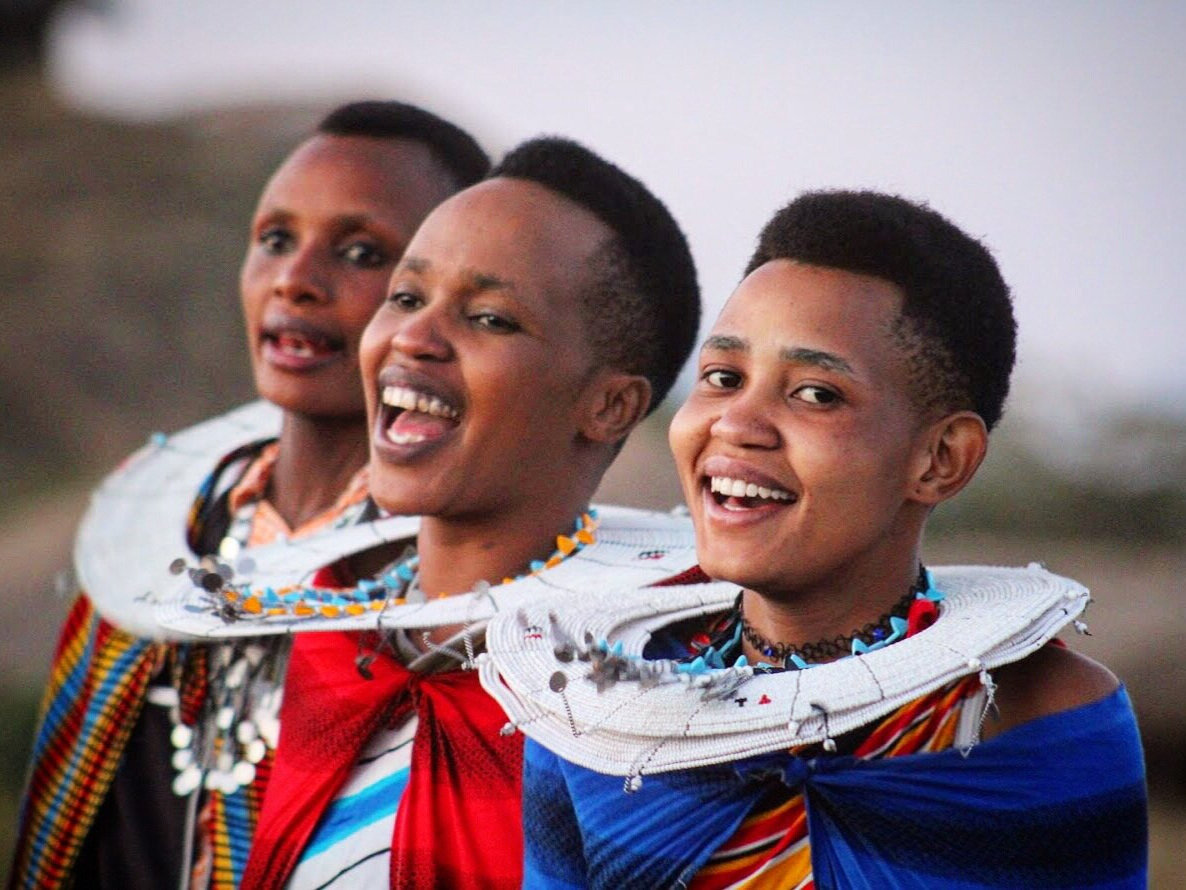The tribes and cultures of Tanzania are every bit as fascinating as the wildlife and breathtaking landscapes that the country is popularly known for. What’s even more interesting is that Tanzania is home to more than 120 tribes, all with their distinct traditions and customs. Naturally, the best way to learn about these new cultures and gain a deeper appreciation for diversity is to include a visit to these tribes in your itinerary. And while we cannot write about all the tribes in Tanzania, here are a few worth considering:
The maAsai
The Maasai are a Nilotic ethnic group inhabiting northern, central and southern Kenya and northern Tanzania. They are among the best known local populations internationally due to their residence near the game parks of the African Great Lakes, and their distinctive customs and dress. The Maasai speak the Maa language but a lot of them have become educated in the official languages of Kenya and Tanzania, Swahili and English. The Maasai are pastoralists and are famous for their fearsome reputations as warriors and cattle-rustlers.
the hadzabe
The Hadza, or Hadzabe, are an indigenous ethnic group in north-central Tanzania, living around Lake Eyasi in the central Rift Valley and in the neighboring Serengeti Plateau. They are one of the last remaining hunter-gatherers in the world. There are, as of 2015, between 1,200 and 1,300 Hadza people living in Tanzania, however only around 300-400 Hadza still survive exclusively based on the traditional means of foraging and hunting. Additionally, the increasing impact of encroaching pastoralists pose serious threats to the continuation of their traditional way of life. Read more about what we can learn from the Hadzabe.
the datoga
During the 18th century the Datoga occupied wide areas in Northern Tanzania, however, following the great Maasai expansion, they gradually lost plots of land and found themselves confined closer and closer to Lake Manyara and Lake Eyasi. They are agro-pastoral nomadic Nilotic speaking people who are skilled farmers and craftsmen. They are a proud people and have a reputation as being fierce warriors. The colorful reddish color clothing worn by Datoga women are patched leather dresses. They also wear bead work, brass bracelets, and necklaces which they craft themselves. The Datoga are also distinguishable by their decorative tattooing in circular patterns around their eyes.
the iraqw
The Iraqw are a Cushitic people of the Arusha and Manyara Regions of north-central Tanzania. Known for statuesque posture and sharp features, they are a withdrawn people who grow their own food and tend their cattle - selling off crops or animals only when necessary. The Iraqw language belongs to the South Cushitic branch of the Afro-Asiatic family and resembles Arabic. The areas surrounding Karatu town in Arusha region is Iraqw homeland and visitors can witness their locally developed intensive cultivation techniques. Traditionally in conflict with the Maasai, Iraqw homesteads included underground tunnels in which to hide. Visitors can see these elaborate structures during a visit to the Karatu area.





